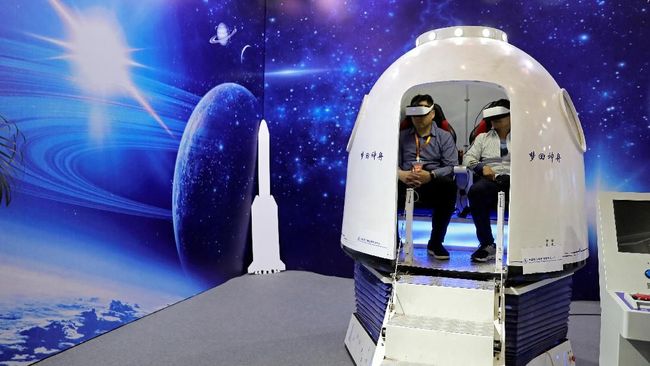Jakarta, CNBC Indonesia – The Giant Metrewave Radio Telescope (GMRT) in India has managed to capture a signal from the other end of space. The result revealed a picture of the earliest moments in the universe, which are 13.8 billion years old.
The signal comes from the light from a hydrogen atom that is far away and captured by the telescope. The telescope picked up signals from the past, namely the distance between when light was emitted and detected on Earth, reaching 8.8 billion years.
“A galaxy emits a number of different types of radio signals,” said cosmologist Arnab Chakraborty of Canada’s McGill University, quoted from Science Alert, Friday (20/1/2023).
The distance recorded by the telescope exceeds the previous record of 4.4 billion years. Meanwhile, Science Alert writes that the wavelength of light from the recently discovered hydrogen atom is 21 centimeters.
“Until now it could only pick up specific signals from nearby galaxies, which limited knowledge of the closest galaxies to Earth,” said Arnab.
The research team used a gravitational lens to detect the signal. It turns out that it comes from a star-forming galaxy named SDSSJ0826+5630.
Gravity lensing or gravitational lensing is where light is magnified as it follows curved space. The space surrounding the large object is between the telescope and the original source.
Astrophysicist Nirupam Roy explains that in some cases, the signal can be deflected due to an even larger object. One example is another galaxy.
“In this particular case, the signal was deflected by the presence of another massive object, another galaxy, between the target and the observer,” said Roy.
Next Article
Horrified! This Is What Happens If The Earth’s Core Cools & Becomes Solid
(Arrijal Rachman/ayh)


